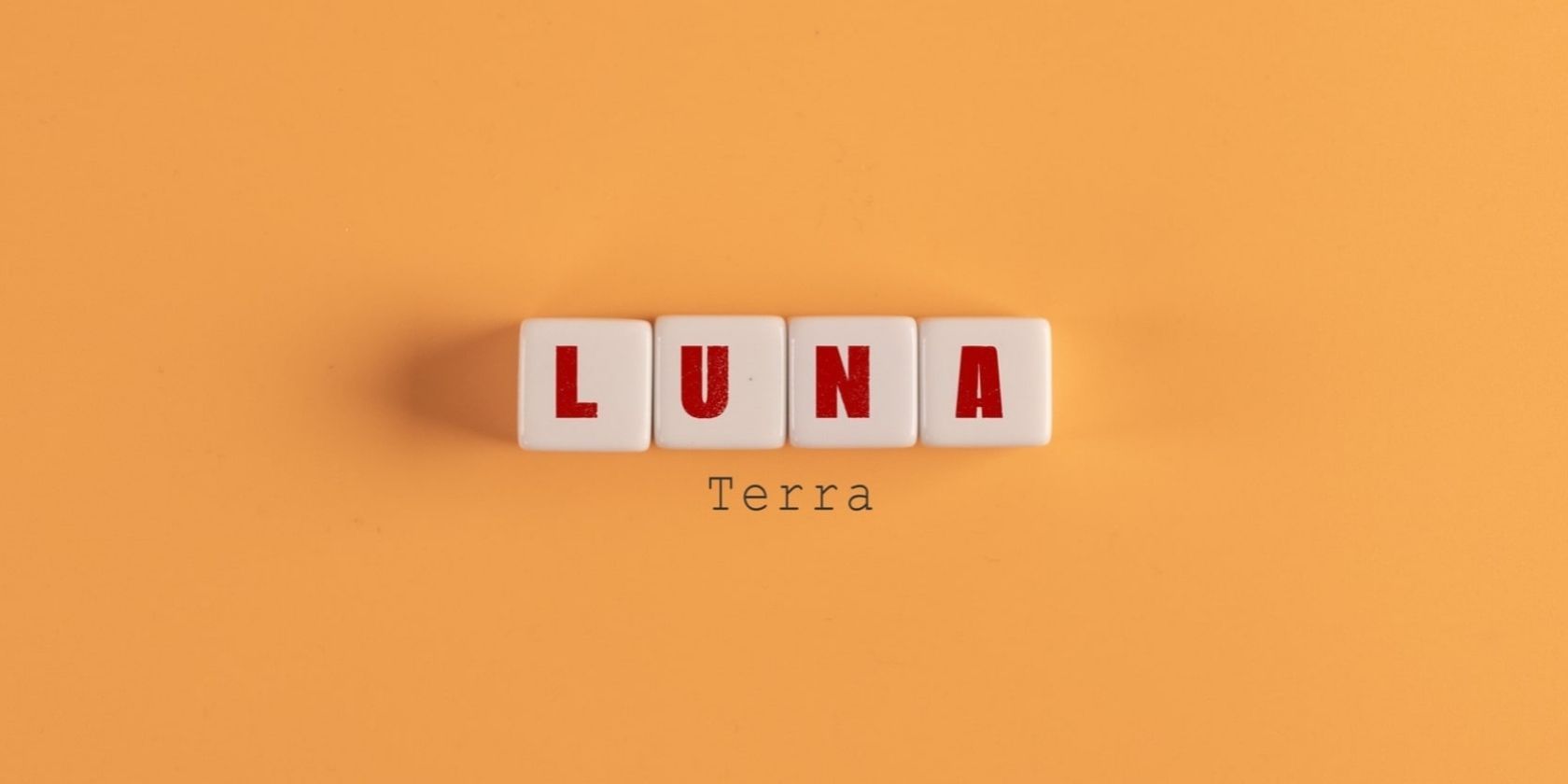The crypto industry is never far from controversy. In mid-2022, the scandal surrounding Terraform Labs, the company behind the now infamous Luna token, heralded a huge fall in crypto prices. A massive sell-off of Terraform Labs' stablecoin TerraUSD (UST) led to Luna losing almost 99% of its value.The aftermath saw the Terra chain split into two, with the original Luna now known as Luna Classic (LUNC) and the new token retaining Luna (LUNA) name. So, how did this event shape Luna Classic, and where is the community-backed token headed?
Luna Classic: The Evolution
Terraform Labs was established in 2018 by South Korean crypto-developer Do Kwon with the aim of transforming modern financial systems. This led to the creation of Luna cryptocurrency and TerraUSD (UST), which Terraform called a stablecoin. Stablecoins typically have their value pegged to a safer asset, such as the U.S. Dollar, but Terraform Labs took an unconventional approach to pegging the TerraUSD value. It used an algorithm to maintain its peg of $1 by linking its value to the total supply of Luna itself.
Luna's value rose to a peak of $116. However, in May 2022, for reasons that are still unclear, cryptocurrency investors began to dump TerraUSD (UST) in massive quantities. This caused it to lose its peg to the dollar and led to the circulating supply and value of Luna spiraling out of control. Massive losses were recorded by investors, with industry data estimating over $60 billion lost in Luna value and over $500 billion in losses to the broader cryptocurrency market.
As part of Luna's "revival strategy," Kwon proposed a recovery plan that saw the Terra chain undergo a hard fork and split into two chains, with the new chain having no stablecoin. The Terra validators approved the plan on May 25, 2022, and on May 28, Terra 2.0 was launched. Luna Classic (LUNC) became the new token for the Terra Classic blockchain, while Terra Luna (LUNA) became Terra 2.0's native token. Both tokens are their respective chains' staking tokens for governance.
Luna Classic Token Burn Proposal
Luna Classic has enjoyed a massive push from the community of former Luna holders. Following the creation of the genesis block on the new chain after the hard fork, Luna Classic (LUNC) retained all the properties of the original Luna coin. Luna Classic has the added role of helping maintain the price of its algorithmic stablecoin, TerraUSD (UST).
A governance proposal posted on Terra's forum in September 2022 was voted on and passed, introducing a 1.2% tax on all Luna Classic transactions. These taxes will be burnt periodically to reduce the circulating supply of Luna Classic and increase its demand.
How Does the Luna Classic Token Burn Work?
The Luna Classic tax burn works by sending the token equivalent of the taxes to a dedicated burn address. Large crypto exchanges such as Binance already support the burn. On October 3, 2022, Changpeng Zhao, CEO of Binance, said the exchange had burnt about $1.8 million worth of Luna Classic. This burn consisted of the taxes (trading fees) on spot and margin pairs of Luna Classic on the exchange.
The first burn by Binance saw the price of Luna Classic rise by over 60% within a few hours. Binance further announced that the burns will be completed every Monday.
The Future of Luna Classic
The crypto industry was massively shaken by the crash of the original Terra blockchain in May 2022, with many yet to recover their losses. Also, an investigation is still ongoing into Do Kwon's part in the collapse of the blockchain. Despite these setbacks, the Terra Classic blockchain has displayed promising signs.
The token began to trend after Binance announced its support for Luna Classic token burns. This gave investors renewed hope of Luna Classic's value increasing in the years to come. Things change very quickly in the crypto space, and we will be keeping our eyes on Luna Classic for the next development.

